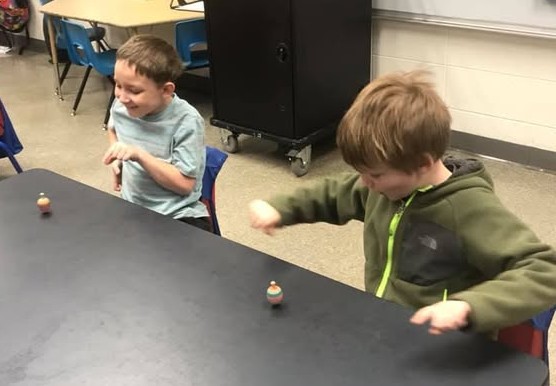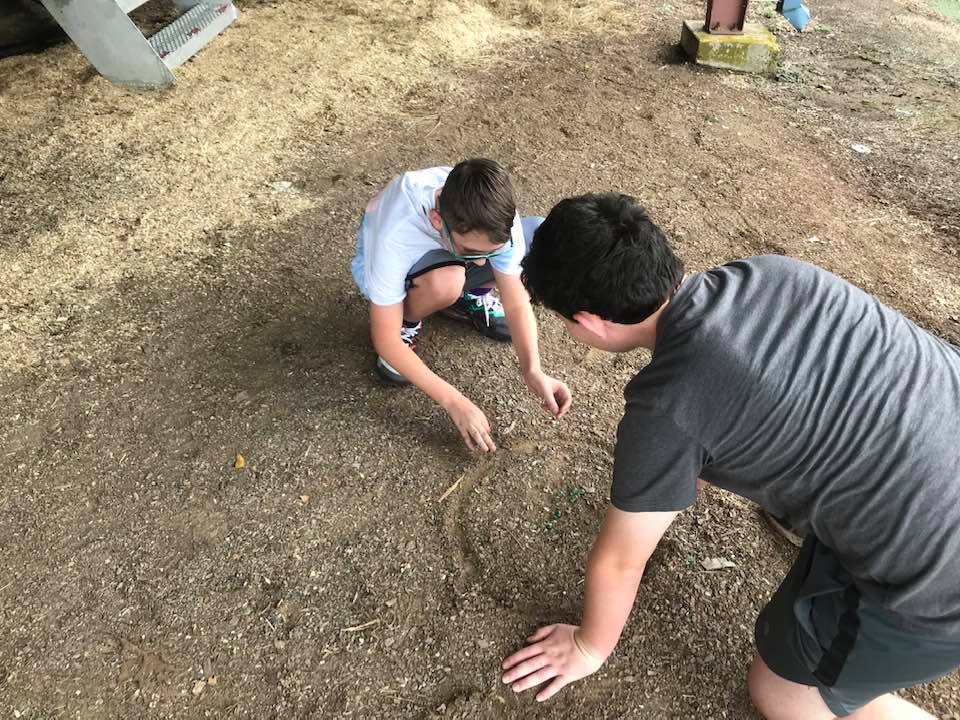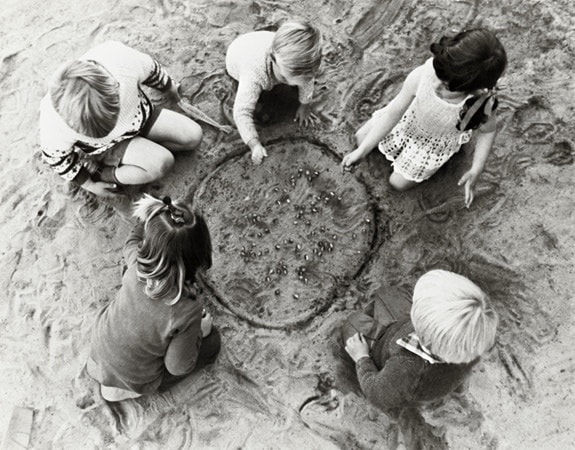By Dr. Curtis Varnell
Bright light glittered off the shiny surface. It had rained hard the night before and the beautiful old marble, lost a half century ago from some young child’s collection, was again exposed. Joining a collection of several dozen gathered at the old home place, the discovery underscores the popularity of a game kids of today know nothing about.



Marbles was played at every school and community gathering place for most of the previous century. My grandfather, writing for the local paper in March of 1941, describes watching a group of men playing marbles at night by carbide lamp. “Can you beat this, he asks” “Four men on their knees playing marbles after a hard day’s work! Every school yard, including the ones I attended in the 1960’s, you would find a group of kids sprawled in the dirt playing marbles.
It is a game that possibly dates back to pre-history. The Roman poet Ovid wrote about the game in his poem “Nux.” Romans constructed the round balls from clay, alabaster, marble, and even agate. When playing the game, few people know that the term for a fine marble called an “aggie” came from the word agate and the alley was short for alabaster. The term marble itself came from the fact that marble stone was used to fashion some of the objects and all these names have transcended to us from ancient times.
The first modern glass marbles were made in 1848 by the German glass maker, George Greiner, who developed the marble scissors used to shape the toy from left over glass. Soon he and fellow glassmakers made Germany the world marble capital and exported the toy by the millions. Expensive, most early American pioneers made their own marbles from baked clay, a process they may have learned from the Indians. A friend of mine recently found several marbles of the clay variety at an old home site. A collector sample of unknown value, they were an awesome find and date back to the Civil War era.
After WWI, American industrialists discovered an assembly line method and the business center shifted to the U.S. They also discovered you could bake the glass and it would fracture giving the marble a glistening interior. By the 1950’s, the Japanese discovered a method of injecting various colors into the center of the marble to make the highly sought-after cat-eyes. The new, cheaper varieties were turned out by the millions and every five and dime in America offered bags-full of the toy at cheap prices.
The most common game consists of drawing a circle in the dirt and placing marbles within the circle. The player then squeezed the “loggie” which was generally a larger sized version of the marble and shot it at the marbles within the circle. A point was given for each marble knocked from the circle and the player continued until he failed to remove a marble from the circle. The game continued until all marbles were removed from the circle and the points scored. At least that was the way the game was intended. Teachers hated the game because we played “keepsies” where you were allowed to keep the other players marbles if you knocked them from the circle. This was intense, cut-throat competition where you gambled your best and most attractive marble by placing them in the circle and giving your opponent a chance to win them from you. Arguments were intense, often resulting in bloody noses and a trip to see the principal where even more punishment was awarded.
There were other variations of the game. Most players remember playing bulls-eye in which an eye-shaped design was drawn in the dirt and players started by first bowling the marbles from ten foot or more away and then shooting from where the marble happened to land. Diamonds involved the same principal but began with the players dropping the marble from chest high and then proceeding with the game.
Marbles are just one of the forgotten games of our ancestors. Warring tops was fun, pick-up sticks great, most girls played hopscotch, and those brave enough played a game with pocketknives called mumbly peg. A few years ago, the Logan County fair board sponsored a booth featuring frontier games and the “cell phone” generation found it exciting. All of these are great games but, as a word of caution, if you value fingers, toes, and an occasional clipped ear, you might forgo the mumbly peg.






